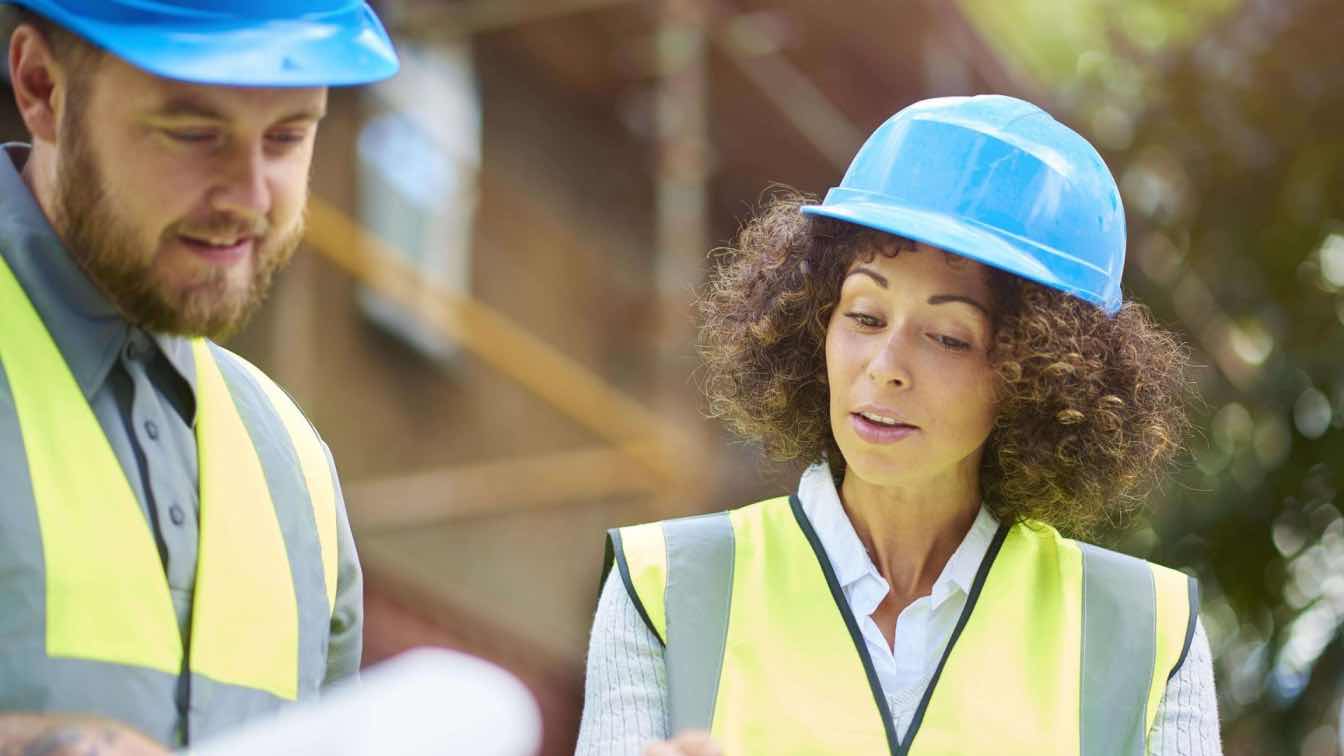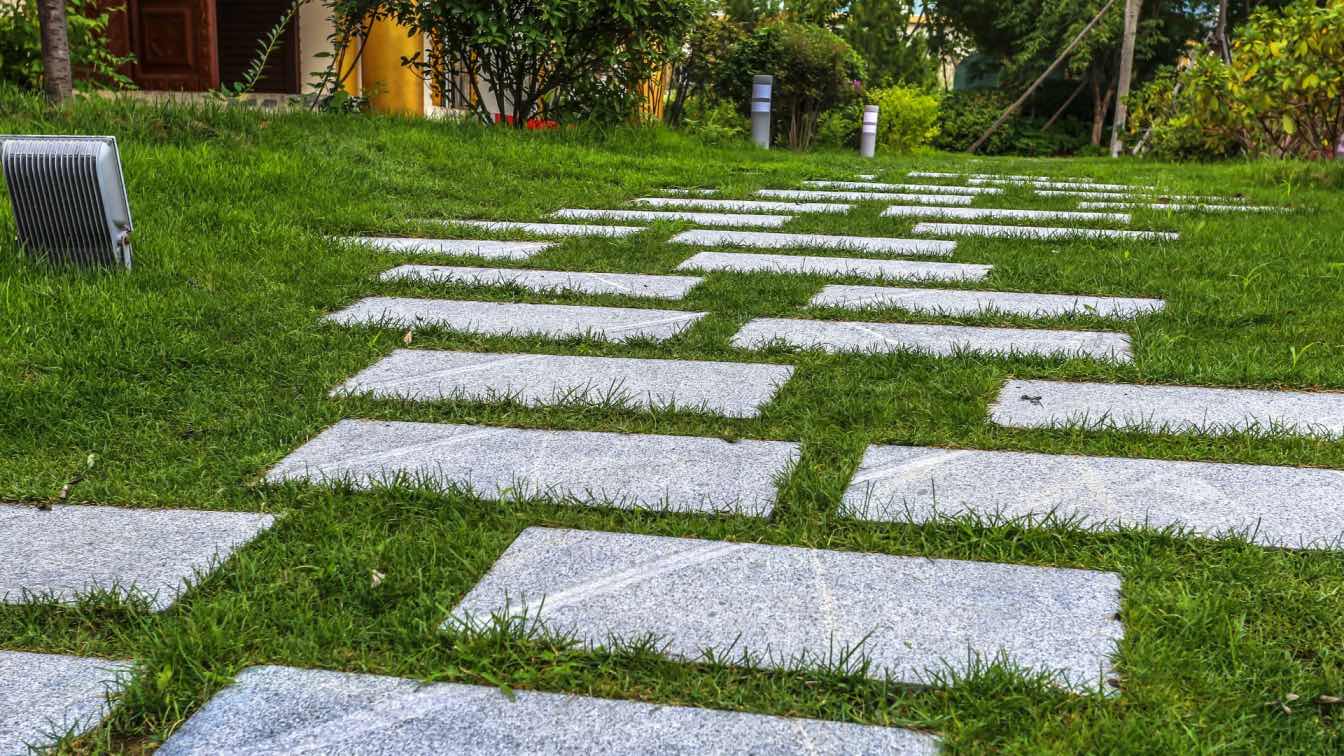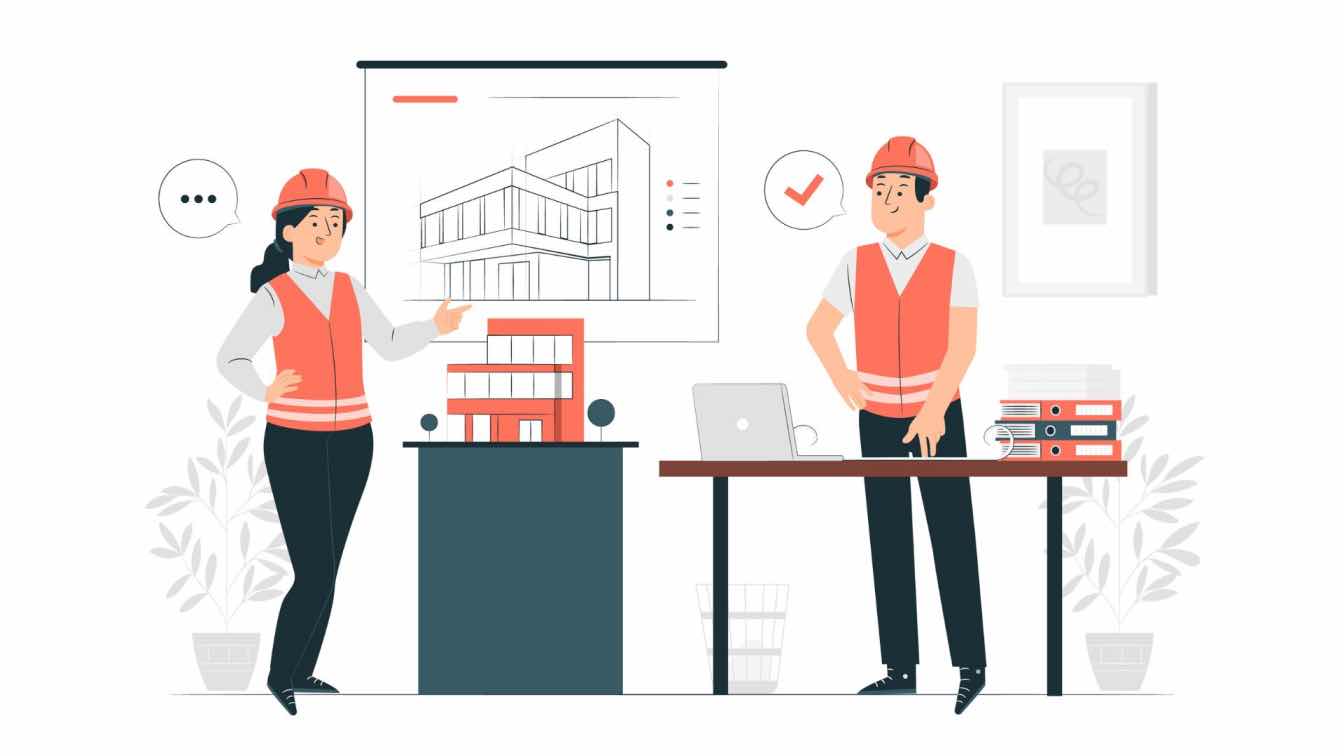Construction sites are inherently dangerous, which explains why the industry has one of the highest rates of work-based injuries and fatalities. Compliance with health and safety regulations is essential to protect workers, the public, and the company's reputation, but achieving compliance is not straight forward without the expert help of a CDM consultant.
CDM stands for Construction Design Management, which means safe, efficient, and successful construction projects. A health, safety, and collaboration mindset are essential right from the beginning of the design phase and beyond. In an ever-changing world of regulatory requirements, working with a CDM consultant is the best way to navigate the complexities of modern construction while adhering to latest regulations.
This guide explores the key principles and processes of CDM services, and more importantly, how to apply them effectively in your projects.
What is Construction Design Management (CDM)?
The meaning of Construction Design Management (CDM) is the holistic process of managing the design elements of a construction project, in simple terms ensuring compliance with safety, health, and environmental standards. When CDM services are utilised effectively, the outcome is a safer working environment and a collaborative way of working between stakeholders, clients, contractors, and design professionals.
Key CDM services:
Regulatory compliance:
Making sure project designs comply with latest legal safety standards.
Design coordination:
With so many parties involved, a robust CDM process integrates all contributions from everyone throughout all design tasks, in one place.
Proactive problem-solving:
Getting involved in early designs gives a CDM consultant the opportunity to identify risks and take preventative action.
If a smooth workflow with fewer delays and accidents are important to you then a CDM consultant is the answer, regardless of if it’s residential or large-scale infrastructure projects.
The role of a CDM consultant
Put simply, a CDM consultant gives the comprehensive support needed to navigate CDM regulations, which in turn gives reassurance that people and construction projects are safe. From risk assessments to stakeholder communication, CDM consultants bring workflow control, regulatory compliance, and can help streamline processes, to even the most complex of projects.
The CDM process: from planning to delivery
By its very nature, CDM represents an effective and structured implementation approach that spans all aspects of a project from start to finish. A typical CDM process breaks down like this:
1. Planning and coordination:
Like most things it’s all in the preparation. Defining the scope, objectives, and safety requirements provides clarity and direction for the project, while assigning roles and responsibilities ensures everyone understands their part in maintaining safety.
2. Design development and review:
The design must be regularly assessed to see if anything has changed or if new potential hazards have become apparent so that updates to the CDM plan can be made. Risk assessments are essential for spotting such hazards and mitigating problems. - before they happen.
3. Collaboration among stakeholders:
CDM provides the ideal channel for open communication between project teams - architects, engineers, contractors, and clients - keeping designs and goals aligned. Tools like Building Information Modeling (BIM) are another great way to improve collaboration.
4. Monitoring and compliance checks:
CDM isn’t a one-off task. Regular audits can help maintain design and construction compliance throughout the entire project, from safety standards to environmental regulations.
5. Delivery and post-project evaluation:
Project learnings are invaluable so at project completion a CDM consultant, will evaluate outcomes to identify areas for improvement next time, as well as validating that safety protocols were maintained throughout.
Why is CDM essential for construction projects?
CDM is a framework that keep a project flowing, way beyond regulatory requirements. Here’s four key reasons CDM is crucial to your project:
1. Enhanced safety standards:
It identifies and addresses risks right from the beginning of the design phase, mitigating onsite accidents and hazards, keeping people safe.
2. Streamlined communication:
With clearly defined roles and responsibilities and regular updates the whole project team remain informed at every stage, reducing the risk of miscommunication and expensive mistakes.
3. Improved cost and time efficiency:
Mistakes generally cost money so CDM’s prompt attention to potential risks will help avoid delays and unplanned for costs.
4. Increased client satisfaction:
When projects go to plan everyone is happy, especially clients. Safety and functional standard compliance are a great way to ensure a positive outcome. when designs meet safety and functional standards, clients are more likely to be pleased with the final outcome.
The role of technology in CDM
While CDM is not a new thing, some of the technology used today is super innovative. Traditional CDM processes are mostly manual, but increasingly modern construction tools are being introduced with revolutionary effect. Digital project management software and collaborative platforms bring enhanced performance to CDM process management:
Real-time collaboration:
Most tools a cloud-based meaning updates are shared in real-time and that all stakeholders are informed.
Automated compliance tracking:
Regulatory compliance can be recorded and managed by some software solutions meaning immediate alert to any potential issues or changes.
Efficient documentation:
Files and documents are attached to every project, and most digital solutions now offer centralised document storage for easy and shared access.
Best practices for CDM success
CDM is a ‘living’ process, requiring regular attention and action. Here’s some best practice pointers to ensure effective CDM process management:
1. Regularly update risk assessments:
To make sure you catch any risks that emerge or evolve over time.
2. Define clear roles and responsibilities:
There should be specific CDM duties aligned to each team member, with a clear understanding of associated responsibilities.
3. Establish a communication plan:
Latest software technologies are great for sharing information in real-time, but regular updates and meetings are still a great way to check clarity and timeliness of communication.
4. Adopt a safety-first culture:
encourage everyone in the project team to prioritise safety, at every stage of the CDM process.
5. Leverage checklists and templates:
Make good use of CDM tools, such as compliance checklists and risk assessment templates to streamline the workflow and make sure nothing gets missed.
Construction Design Management is an essential framework for successful construction projects, that champions safety and efficiency. Embracing and understanding the CDM process, even better leveraging the expertise of a CDM consultant, provides the guidance and standards needed to approach construction with confidence. In fact, CDM services could be the difference between success and failure.





